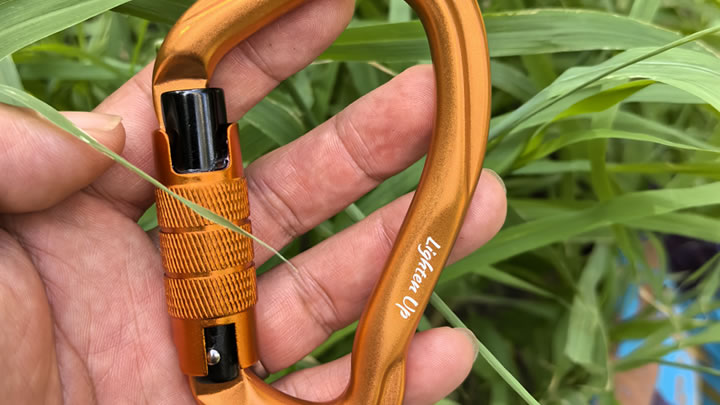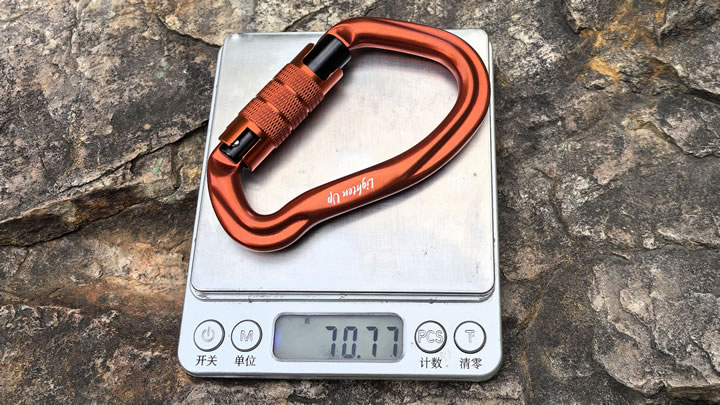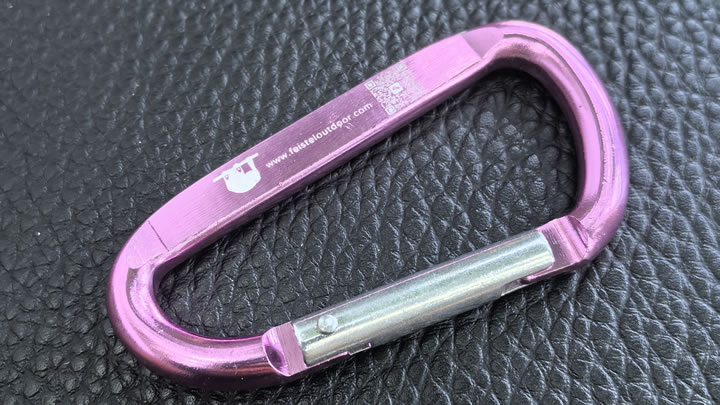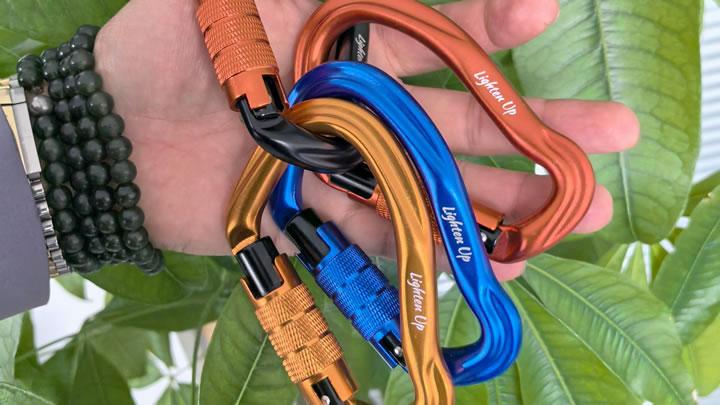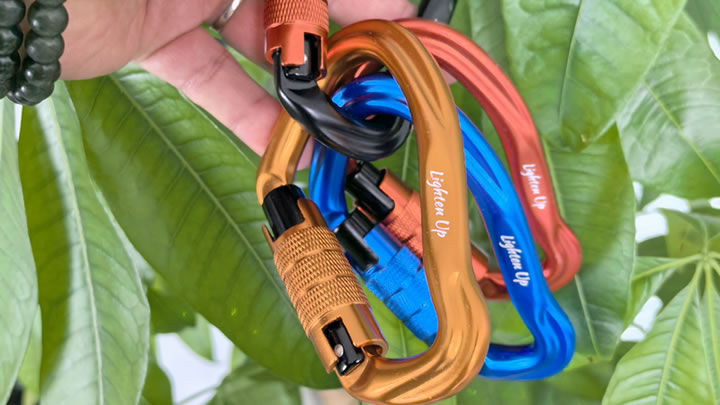How Often Should You Replace Your Climbing Harness?
Your climbing harness is your most personal piece of safety equipment - the critical link between you and your rope. But unlike helmets or carabiners that show obvious damage, harness wear can be subtle yet equally dangerous. This comprehensive guide will help you determine exactly when to retire your harness for maximum safety.

Manufacturer Guidelines vs. Real-World Use
Most harness manufacturers recommend replacement:
- 3-5 years for recreational climbers (10-30 climbing days/year)
- 2-3 years for frequent climbers (weekly use)
- Immediately after any severe fall
However, these are conservative estimates. The actual lifespan depends on several factors we'll explore below.
The 5-Point Harness Inspection Checklist
Before every climb, perform this quick safety check:
- Webbing ConditionLook for frayed edges or fuzzy areasCheck for discoloration (sign of UV damage)Feel for stiff or brittle sections
- Stitching InspectionExamine all load-bearing stitchesLook for loose, missing, or pulled threadsPay special attention to belay loop stitches
- Buckle FunctionalityTest adjustment smoothnessCheck for cracks or deformationEnsure teeth engage properly
- Padding IntegrityCheck for compressed or torn foamLook for separating seamsEnsure comfort hasn't degraded
- Overall FeelDoes it still fit properly?Any unusual stretching?Does anything feel "off"?
Factors That Shorten Harness Life
1. Type of Use
- Trad climbing (gear placements) causes more abrasion
- Ice climbing exposes harness to moisture and cold
- Gym climbing results in more frequent chalk exposure
2. Environmental Factors
- UV exposure degrades nylon significantly
- Salt water accelerates material breakdown
- Chemical exposure (cleaning products, oils) weakens fibers
3. Storage Conditions
Poor storage can age a harness faster than use:
- Damp environments promote mildew
- Tight folds create permanent stress points
- Hot cars accelerate material degradation
When to Replace Immediately
Retire your harness without question if you notice:
✔ Any cuts or abrasions on load-bearing webbing
✔ Visible core fibers in the belay loop
✔ Cracked or deformed buckles
✔ Significant stiffness in previously flexible areas
✔ After any fall where you experienced:
- High impact forces
- Sharp rope movement
- Unusual loading angles
Extending Your Harness Life
Proper care can maximize safe usage:
✅ Store loosely coiled in a cool, dry place
✅ Clean with mild soap and lukewarm water
✅ Avoid stepping on or dragging your harness
✅ Rotate between multiple harnesses if climbing frequently
The Cost-Safety Balance
While $100-200 for a new harness may seem steep:
- That's just 0.10-0.10−0.20 per climbing day over 3 years
- Far cheaper than hospital bills from equipment failure
- Many manufacturers offer pro deals or trade-in programs
Final Recommendation
Mark your harness's purchase date with a permanent marker and set a calendar reminder for 3 years out. Even if it looks fine then, consider replacing as preventive maintenance. Your life literally hangs on this equipment - when in doubt, replace!
Have questions about your specific harness? Post clear photos in the comments for our community's opinion on whether it's still safe to use.
#ClimbingSafety #HarnessCare #RockClimbing #GearMaintenance #ClimbingGear

